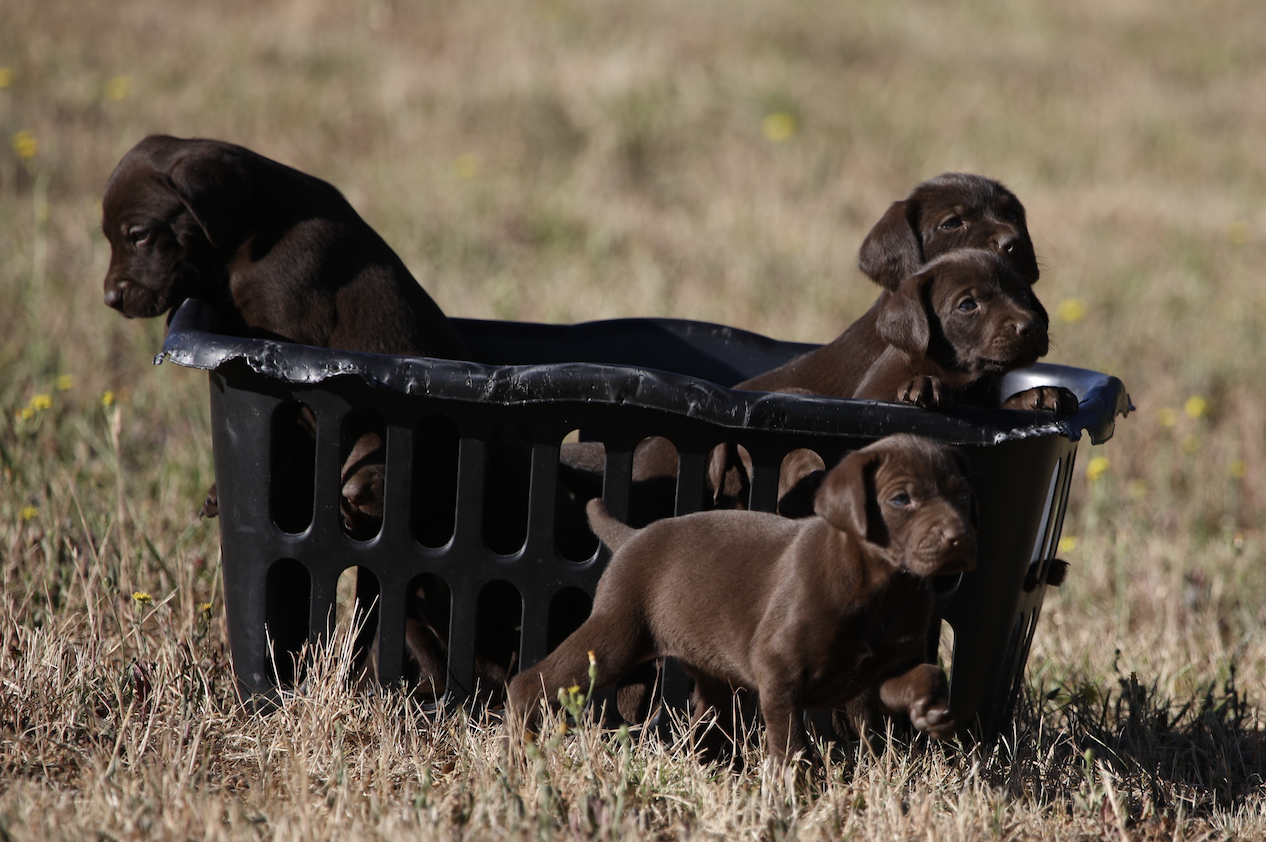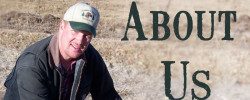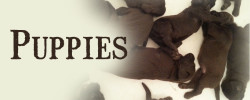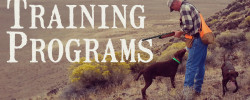Here’s the latest magazine article we were interviewed for. The topic is on offseason training tips for your dog; the things you may need to start fixing now that hunting seasons are pretty much over. This is part I of a two-part series that Cabin Creek Gun Dogs was interviewed for. This dog training article is running in the March 2020 issue of both Northwest Sportsman and California Sportsman magazines. Thanks to both magazines, and to Scott Haugen, for including us as part of his monthly column, Gun Doggin’ 101! It’s a pleasure and honor to share what we’ve learned as professional dog trainers at Cabin Creek Gun Dogs, here in Lakeview, Oregon, and we truly hope it helps some of you fellow dog owners out there!
































